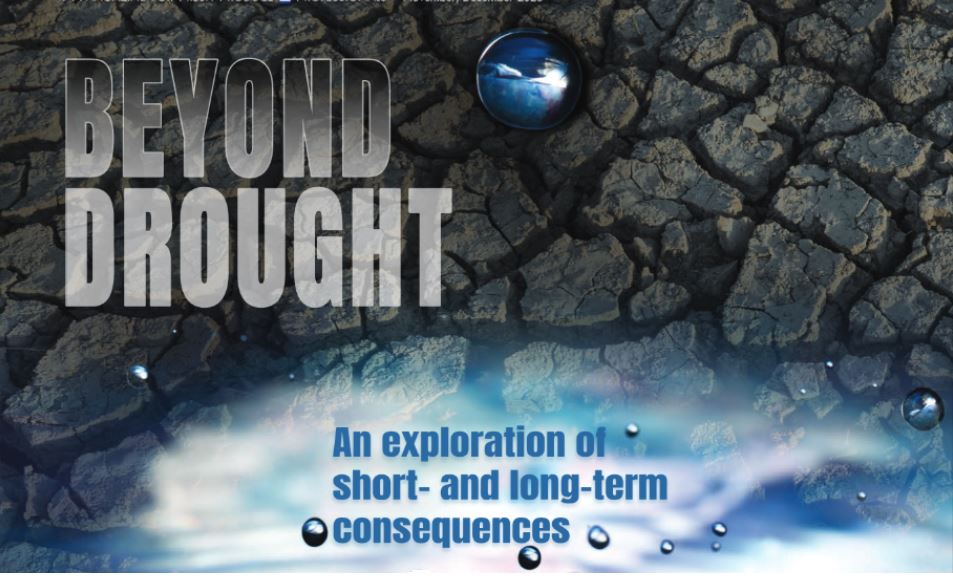The Yuma Valley, near the border between Arizona and California, and the Imperial Valley, in the southernmost part of the state, are also key producers of fruits and vegetables.
They too get water from a government project: the immense Colorado River Storage Project, which extends from Flaming Gorge Dam in northern Utah, near the Wyoming border, to the river’s mouth in the Gulf of California.
Like its California counterparts, the Colorado Project is an immense achievement of engineering. Also like its California counterparts, it is facing grave shortages, which affect seven states: Wyoming, Colorado, Nevada, Utah, Arizona, New Mexico, and California.
How this water is to be allocated has recently been a cause of especially serious disputes between the states.
The initial agreement, which goes back to 1922, allocated 7.5 million acre-feet from the river each to its Upper and Lower basins, which include Colorado, New Mexico, Utah, and Wyoming; and Arizona, California, and Nevada, respectively.
An international treaty in 1944 allocated 1.5 million acre-feet to Mexico.
But decreasing supplies have generated tensions. After months of delays and impasse, in late May 2023 the Biden administration propounded a workable solution: the Lower Basin states—California, Arizona, and Nevada—agreed to voluntarily conserve 3 million acre-feet of water over the next three years (13 percent of these states’ total allocation from the river).
In return, the Biden administration committed to compensating the states for three-quarters of the water savings—2.3 million acre-feet. This amounts to about $1.2 billion in federal funds.
Money would come from the Inflation Reduction Act to pay farmers, American Indian tribes, cities, and other entities that forgo water supplies. The money is supposed to go to water conservation and long-term efficiencies.
Brenda Burman, general manager for the Central Arizona Project, explained in a Western Farm Press article in May, “This proposal protects the system in the short term so we can dedicate our energy and resources to a longer-term solution.” But it only remains in effect until 2026.
This is an excerpt from the cover story in the November/December 2023 issue of Produce Blueprints Magazine. Click here to read the whole issue.



